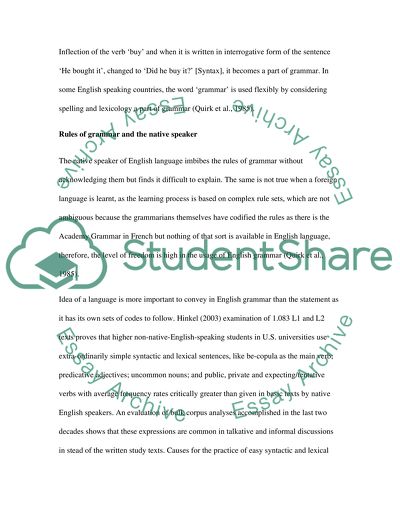Cite this document
(“Applied Linguistis - Structure of English - grammar Essay”, n.d.)
Retrieved from https://studentshare.org/english/1399321-applied-linguistis-structure-of-english-grammar
Retrieved from https://studentshare.org/english/1399321-applied-linguistis-structure-of-english-grammar
(Applied Linguistis - Structure of English - Grammar Essay)
https://studentshare.org/english/1399321-applied-linguistis-structure-of-english-grammar.
https://studentshare.org/english/1399321-applied-linguistis-structure-of-english-grammar.
“Applied Linguistis - Structure of English - Grammar Essay”, n.d. https://studentshare.org/english/1399321-applied-linguistis-structure-of-english-grammar.


